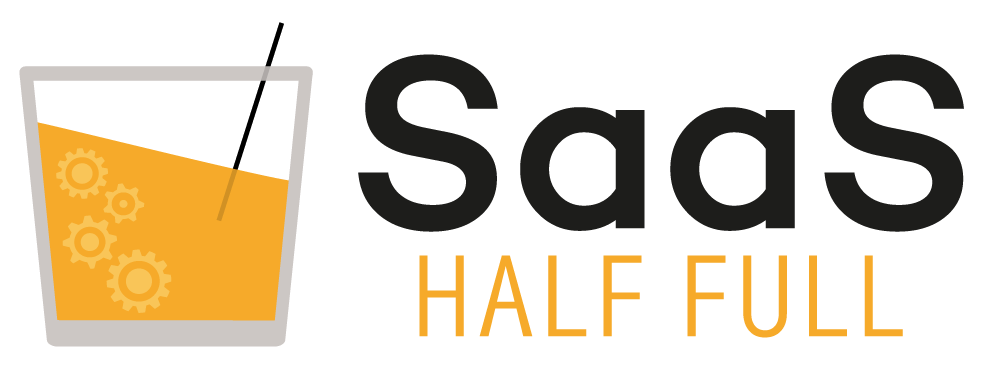In this episode of SaaS Half Full, host Lindsey Groepper chats with Dylan Touhey, CMO at One Net Inc., a creative and digital marketing agency, about three major privacy changes that will lead to the death of customer attribution. In 2022, SaaS marketers will shift their focus, spending more on brand awareness and ditching the traditional demand-generation tactics. Dylan shares how the shift will unfold and affect marketing budgets in 2022.
Privacy Changes Affecting SaaS Marketers
According to Dylan, SaaS marketers have operated in a state of bliss for the past decade, tracking every move and interaction with prospects, marketing to them individually and attributing every dollar along the way. But with three changes to consumer privacy on the horizon, Dylan believes marketers will shift their spending from customer attribution to brand awareness campaigns.
Dylan states the number one factor that will directly affect the ad industry is the downfall of the third-party cookie. Since you will no longer be able to correctly attribute consumer touchpoints in the buyer’s journey, you won’t be able to justify ROI for a specific channel.
“There’s going to be an uptick in more traditional ad placements,” said Dylan. “In a digital context, that might mean more influencer-based marketing. Advertising can’t measure someone talking about product ads inside of videos. In content advertising, as well as just in general, there will be more traditional brand sponsorships.”
The second major factor affecting the ad industry is the increase in privacy legislation around the world. With the introduction of GDPR, people began adding cookie consents to their websites. Legally, websites and apps have to ask a user’s permission before they can drop a cookie or an ad identifier on the user’s machine. Dylan predicts most will opt-out as concern grows around privacy and web tracking.
The third major factor is changes to Apple’s IDFA (The Identifier for Advertisers) — giving device users the choice to block the IDFA identifier at the app level and making it harder for mobile advertisers to track users. “When you look at the attribution path, and you take out every touchpoint except for the last one, it creates a visual understanding of what the real implications are of these cookie-blocking mechanisms as well as the other IDFA and privacy issues,” Dylan said.
Shifting Budgets to Brand Awareness Campaigns
With new privacy changes and the pending ban of all third party cookies in 2022, Dylan believes marketers are grossly unprepared and do not realize the gravity of the situation.
“There’s going to be a massive panic button,” Dylan said. “That’s typically always the case. We saw it with the GDPR roll out too. Look at how many people scrambled last minute to make that cookie consent banner on their website to avoid fines in the UK and Europe. That’s just the tip of the iceberg.”
According to Nick Barnett, Westpac’s former digital and media technology director, upwards of 85% of current marketing activity in the cookie ecosystem will be rendered useless and marketers will have to shift budgets heavily towards brand awareness initiatives as a result.
Once marketers realize the impact of removing all touchpoints in the attribution path, except the last one, they can use that knowledge to influence their marketing department to focus more on brand awareness campaigns.
“Start getting your content in place, understand how influencer channels work and how to do proper brand sponsorship, inside of video content on websites within mobile apps. Because when you can’t measure the full-funnel, you might as well go top of the funnel, and you must be prepared to do that,” Dylan said.
For more of Dylan’s insights, listen to Episode 308 of SaaS Half Full.
